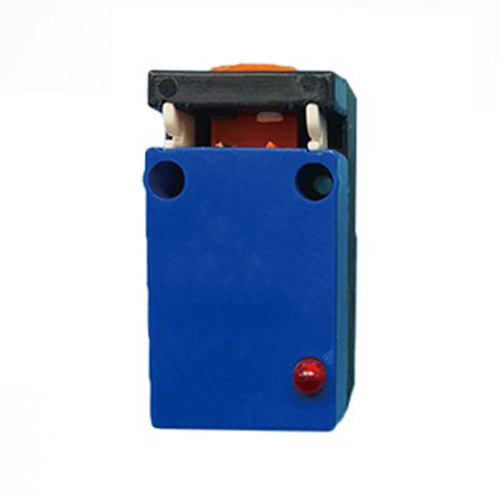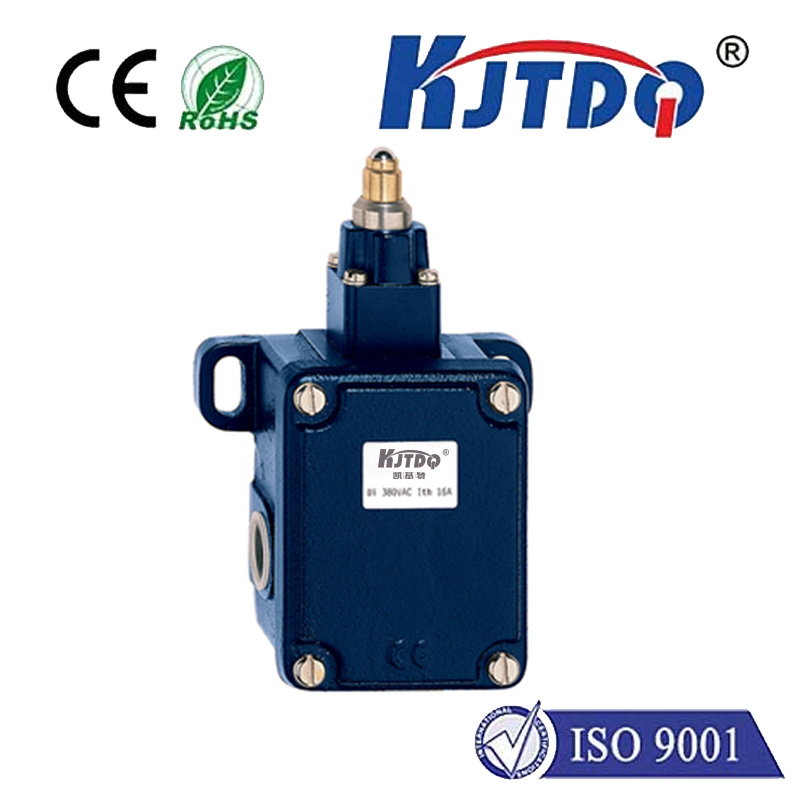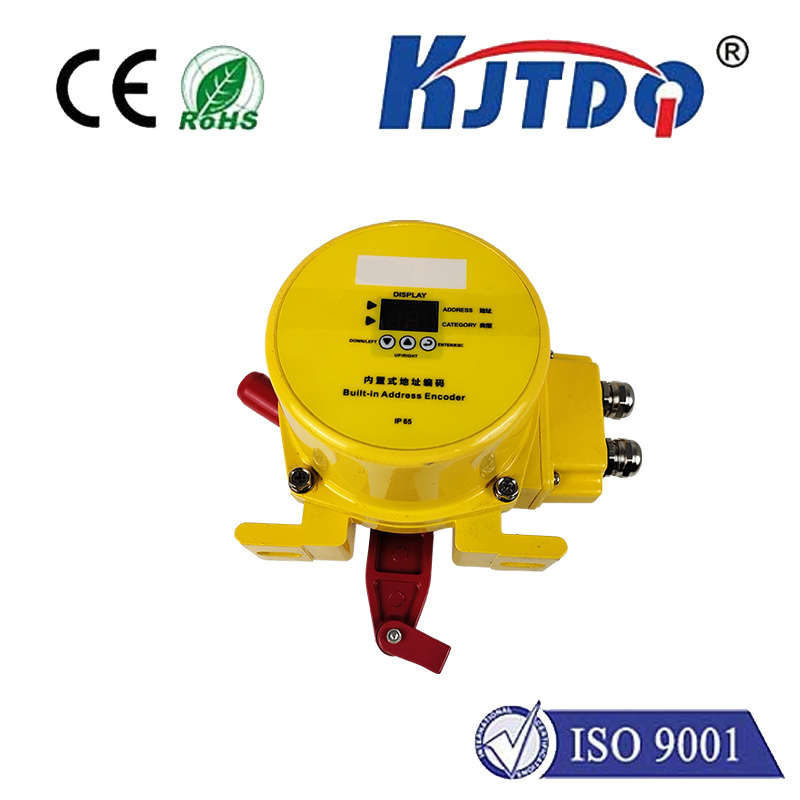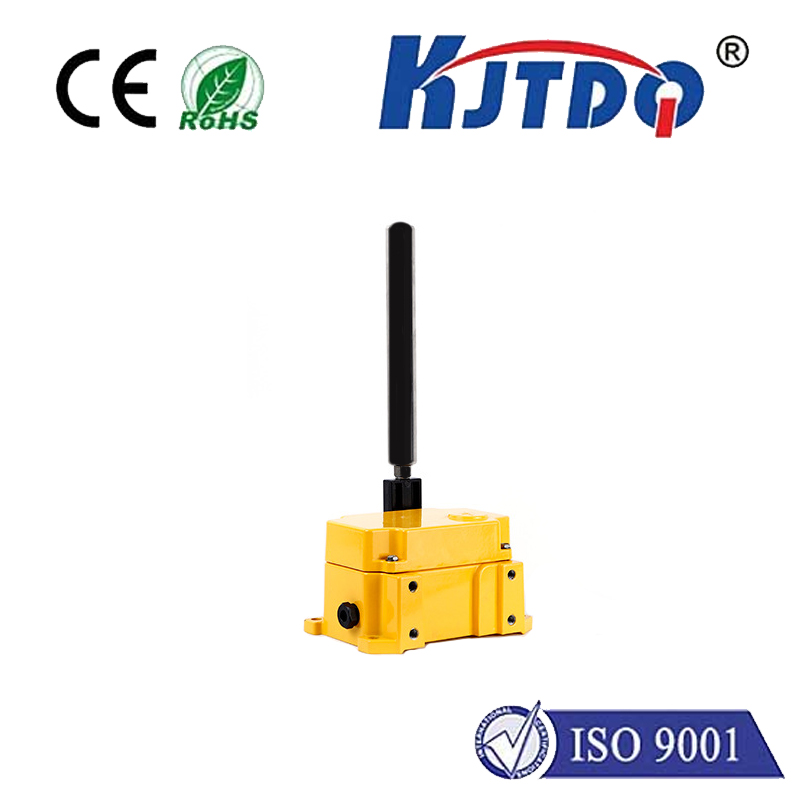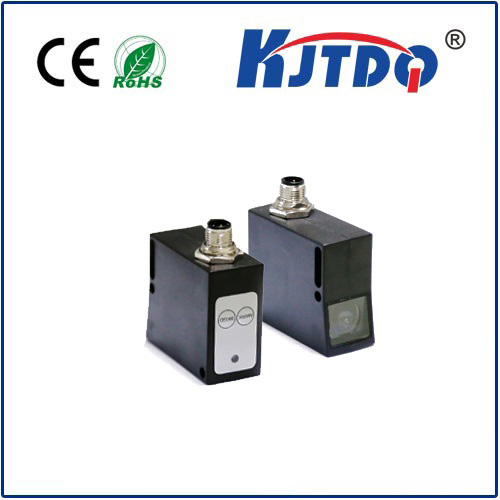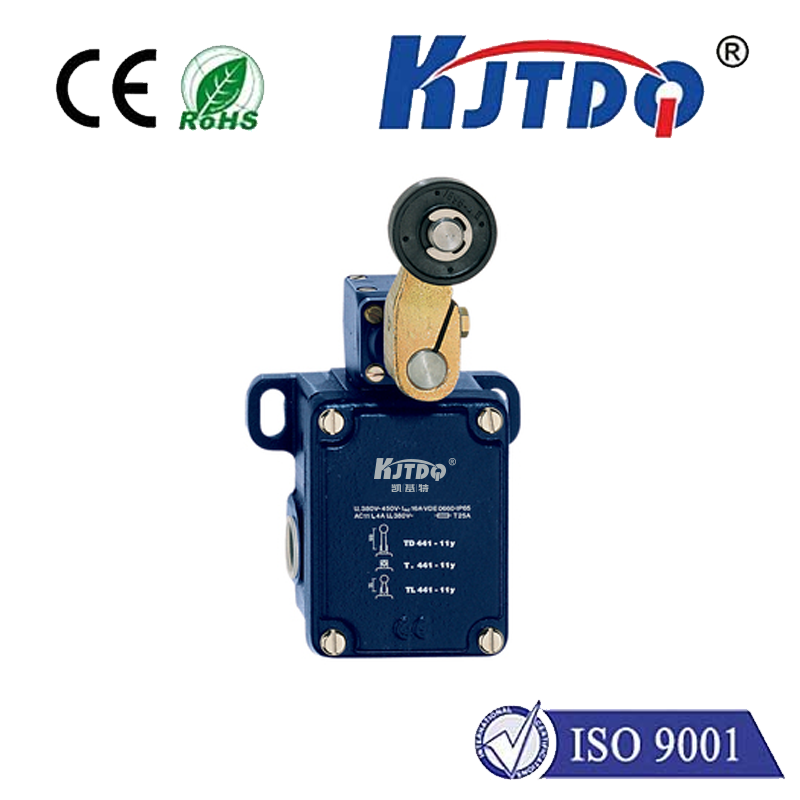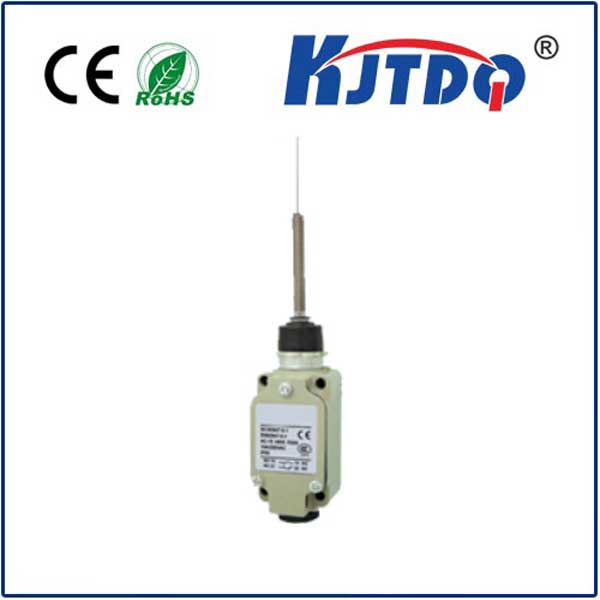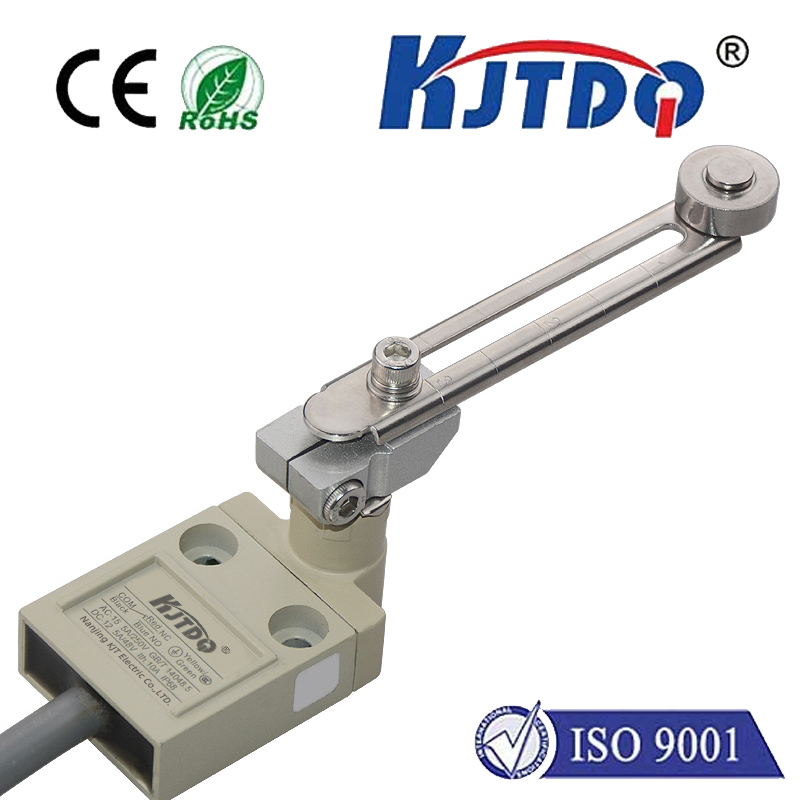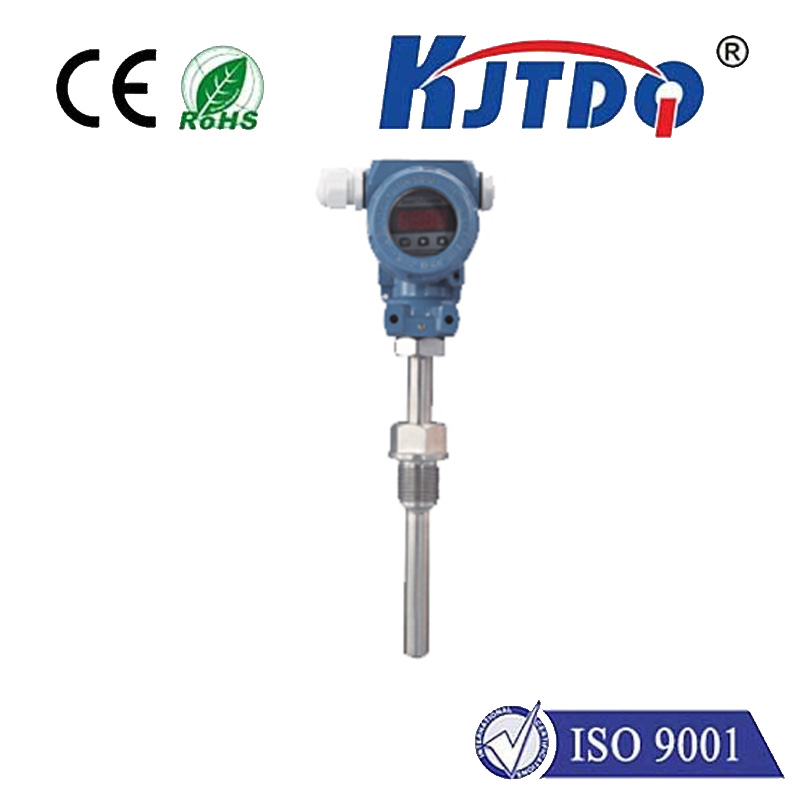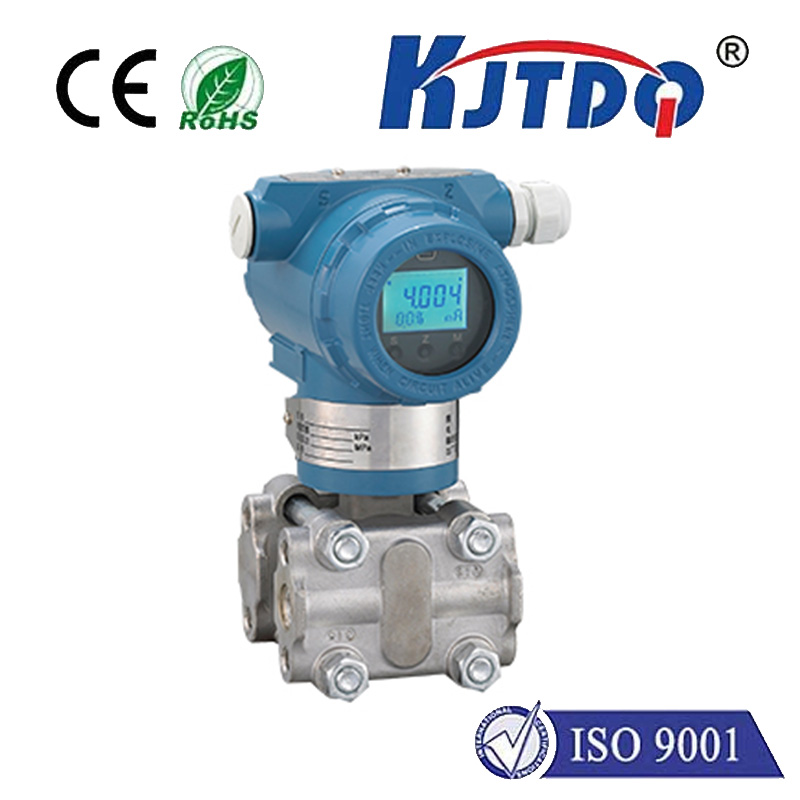

check

check

check

check

check

check

check

check

check

check

Title: The Versatility and Importance of Small Laser Sensors in Modern Technology Introduction In the ever-evolving landscape of modern technology, small yet powerful components often play a crucial role in shaping the devices we rely on daily. Among these components, small laser sensors stand out as an indispensable tool across various industries. Their compact size belies their significant impact on everything from industrial manufacturing to consumer electronics. Today, we will delve into the versatility and importance of small laser sensors in our high-tech world. What is a Small Laser Sensor? A small laser sensor is a miniaturized device that emits a laser beam to measure various parameters such as distance, speed, vibration, or material composition. These sensors work by calculating the time it takes for the laser beam to bounce back from an object or by analyzing changes in the laser light’s intensity or wavelength after interacting with the target surface. Industrial Applications In industrial settings, small laser sensors are used for precision measurement tasks that require quick response times and high accuracy. They are integral in quality control processes, where they ensure products meet exacting specifications by measuring dimensions to within micrometers. Additionally, these sensors are employed in robotics for navigation and object detection, enabling automated systems to perform complex tasks efficiently and safely. Healthcare Innovations The healthcare sector has also embraced the capabilities of small laser sensors. In medical diagnostics, they assist in non-invasive monitoring of patients’ vital signs by detecting even the slightest changes in physiological indicators. Moreover, these sensors play a vital role in minimally invasive surgeries, guiding surgical instruments with pinpoint accuracy, which enhances patient outcomes and reduces recovery times. Consumer Electronics Small laser sensors have found their way into consumer electronics, bringing advanced functionalities to everyday devices. Smartphone manufacturers incorporate them for facial recognition security features, while gaming consoles use them to capture precise motion controls, providing immersive experiences for players. Additionally, they are used in vacuum cleaners equipped with smart navigation systems that map out rooms for efficient cleaning. Environmental Monitoring Environmental scientists utilize small laser sensors to monitor air quality, track atmospheric particles, and study climate patterns. By collecting data on pollutants and greenhouse gases, these sensors help researchers understand environmental changes and inform policies aimed at sustainability and conservation efforts. Conclusion The ubiquity of small laser sensors underscores their importance in driving technological advancements across multiple domains. Their ability to provide accurate measurements quickly and efficiently makes them invaluable tools for innovation. As technology continues to progress, so too will the applications for these tiny powerhouses, cementing their place as cornerstones of modern engineering marvels.
